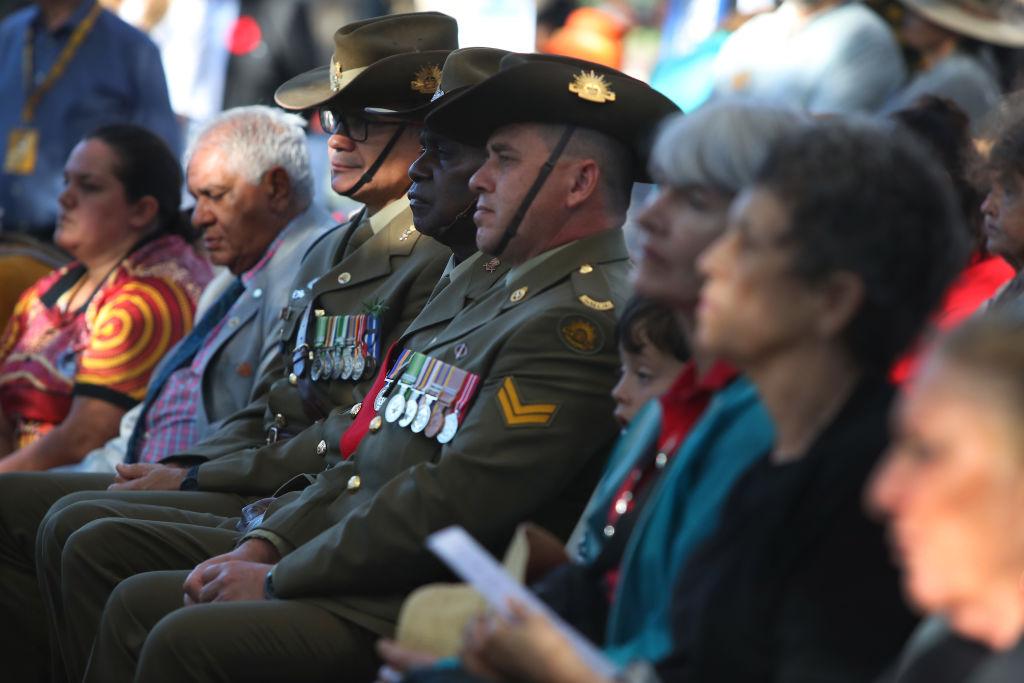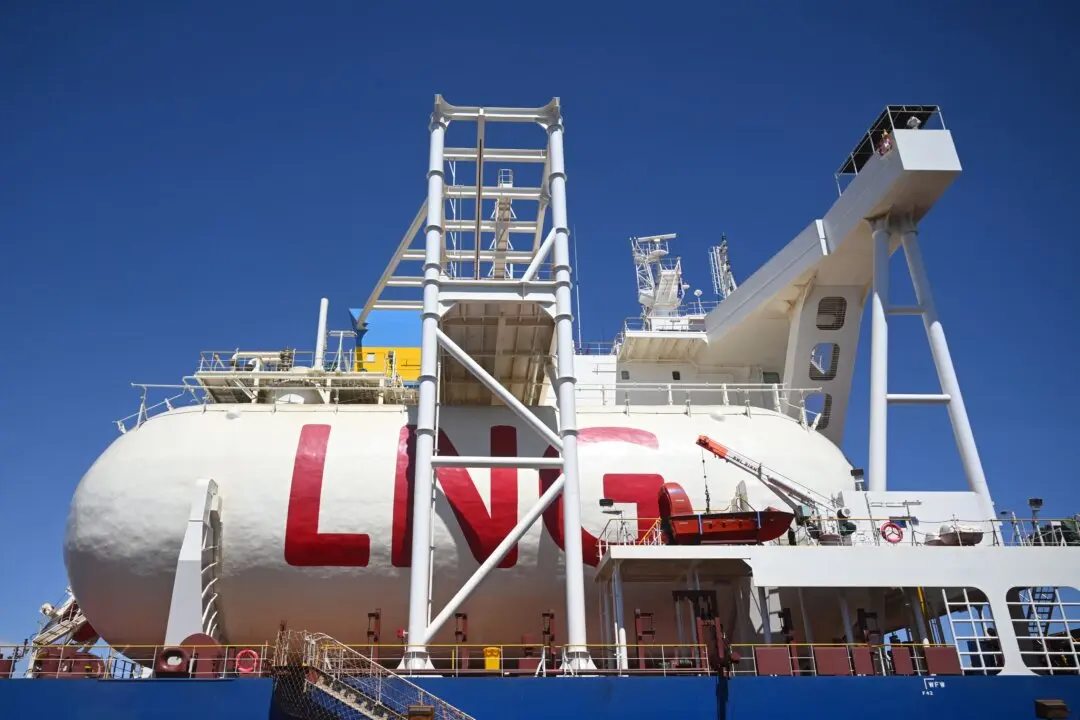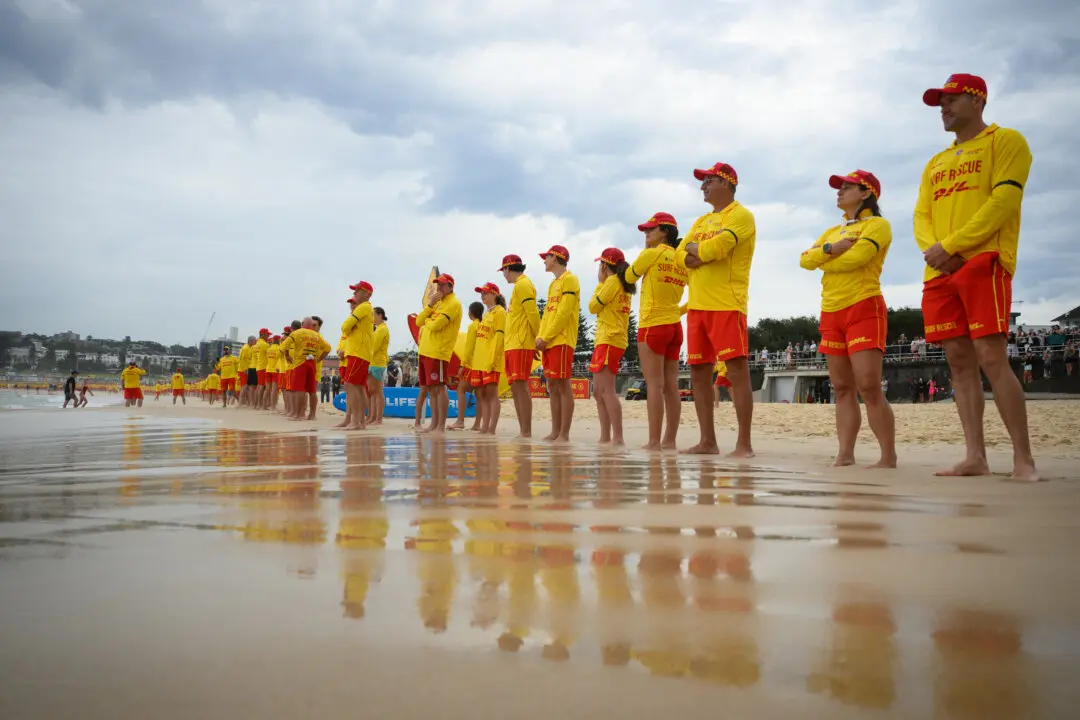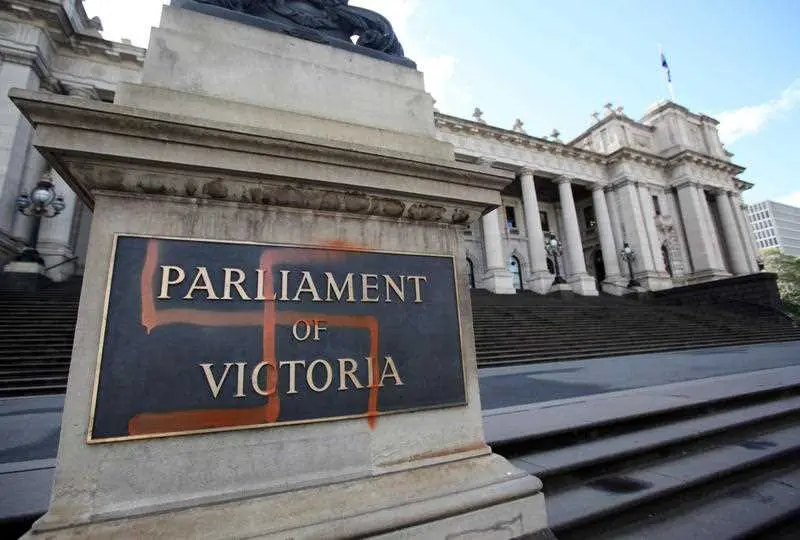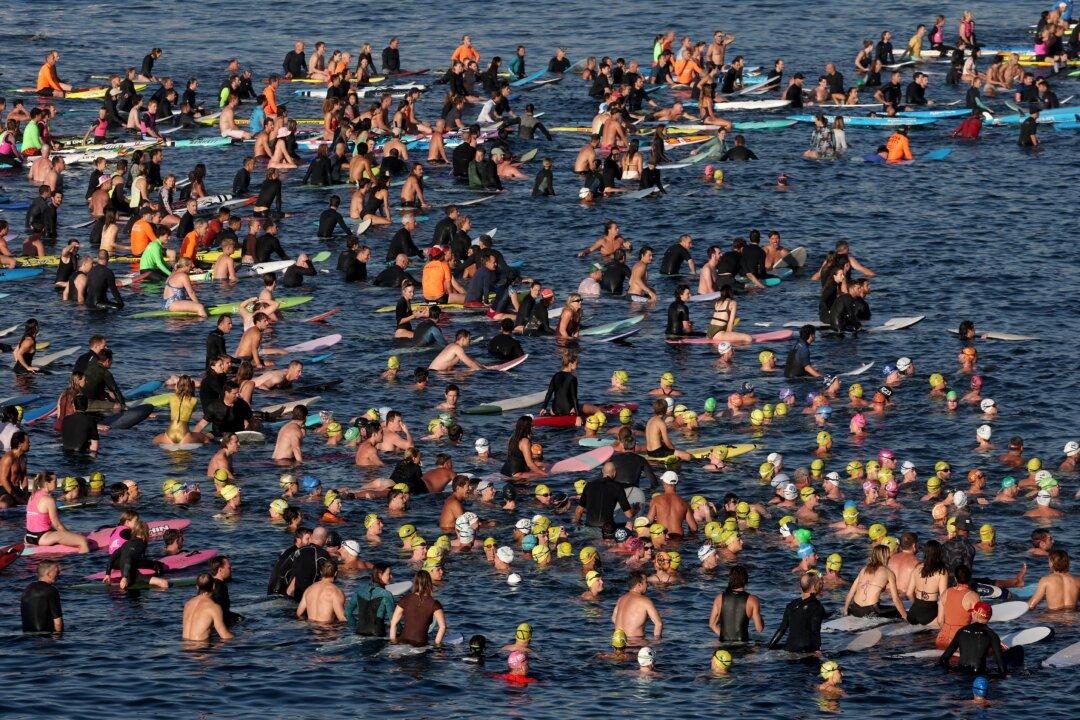Veterans marched around Australia as citizens commemorated across the world in sombre remembrance and pride for the fallen in the epoch-changing wars of the last century and other conflicts.
More than 1,000 veterans started their march at the top of Anzac Parade against the backdrop of the Australian War Memorial in Canberra, after 32,000 people attended the dawn service in front of the national landmark.
